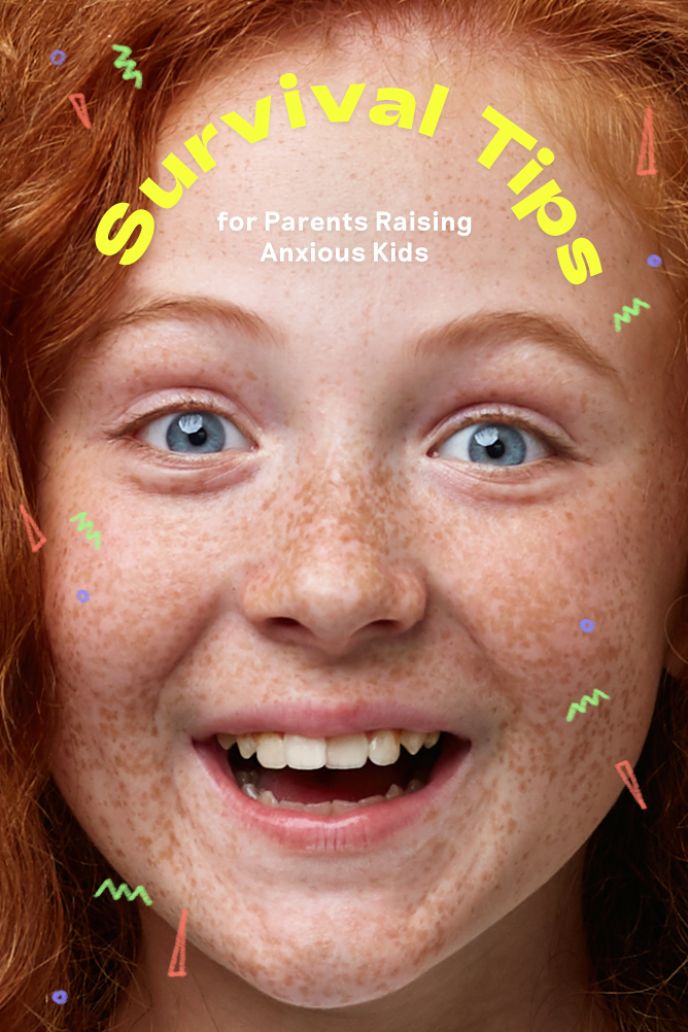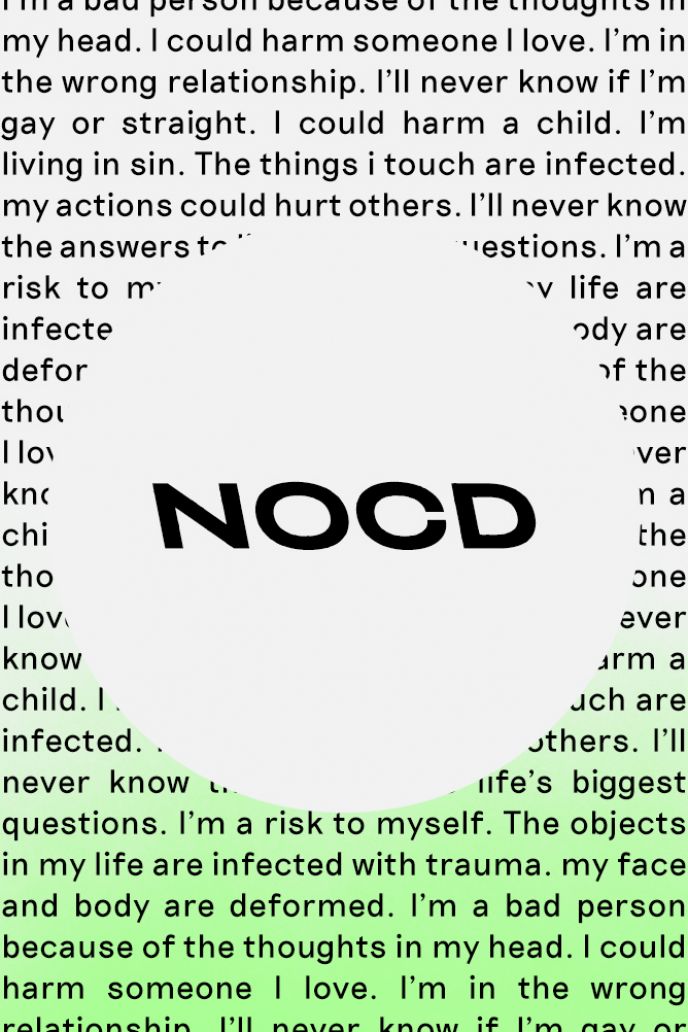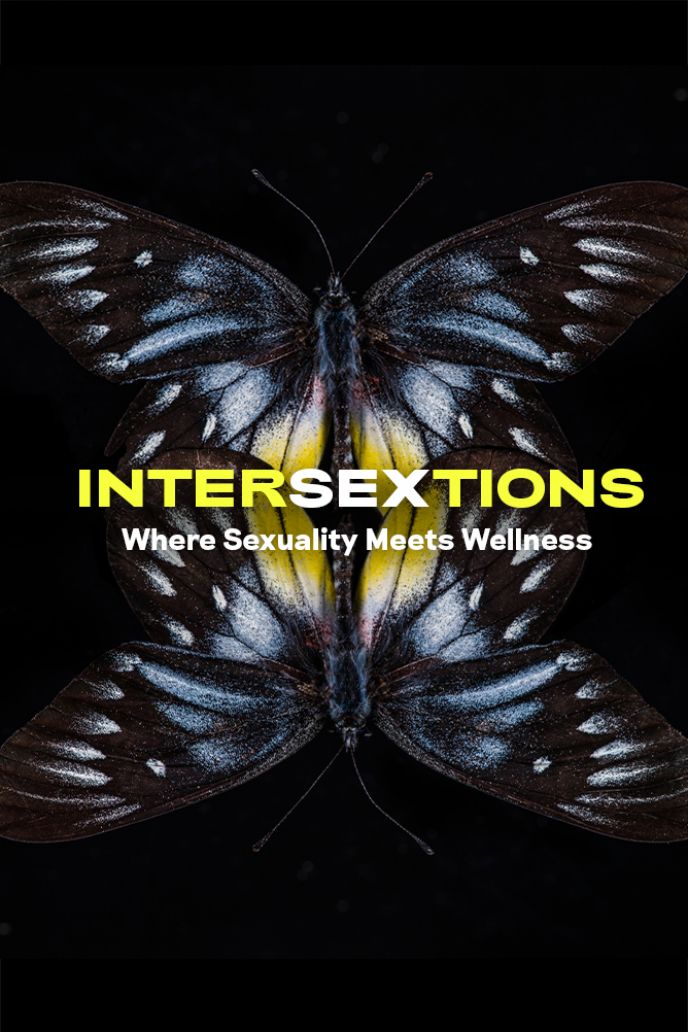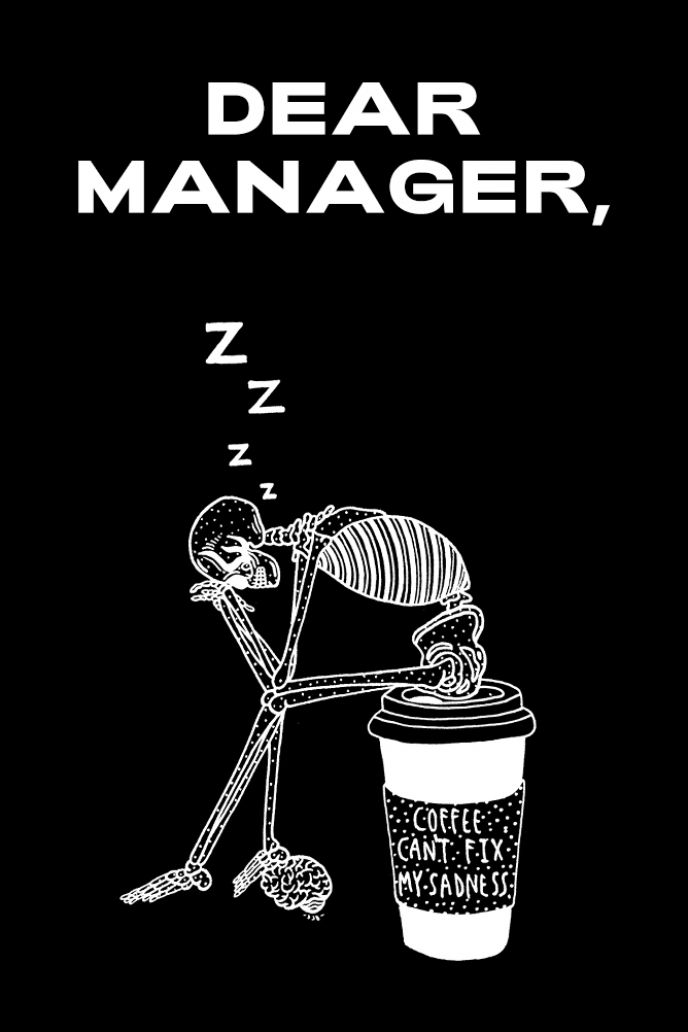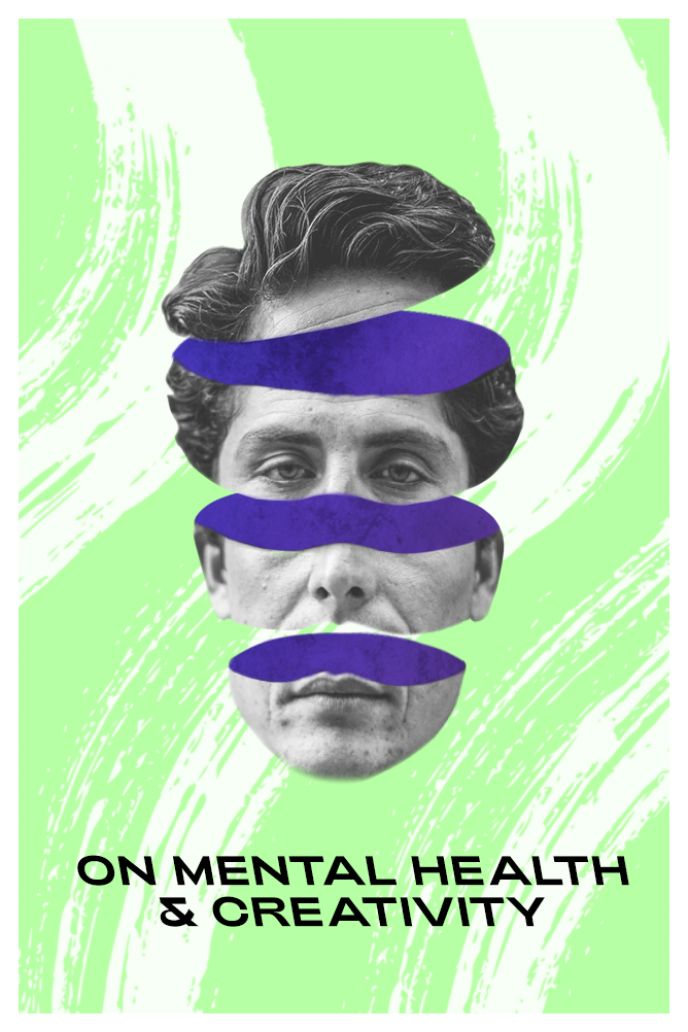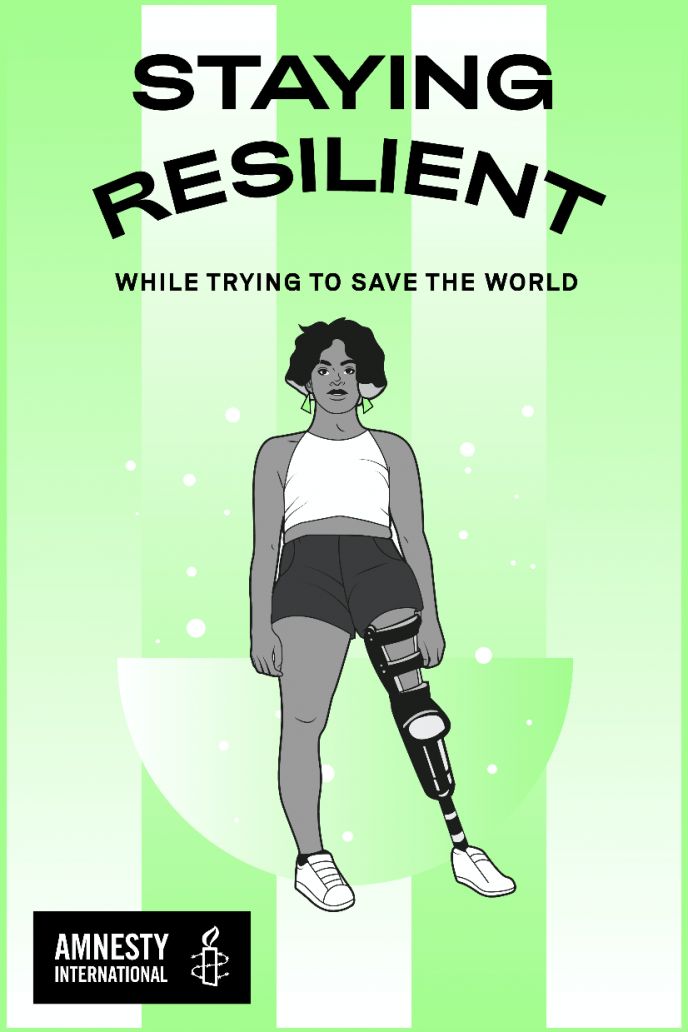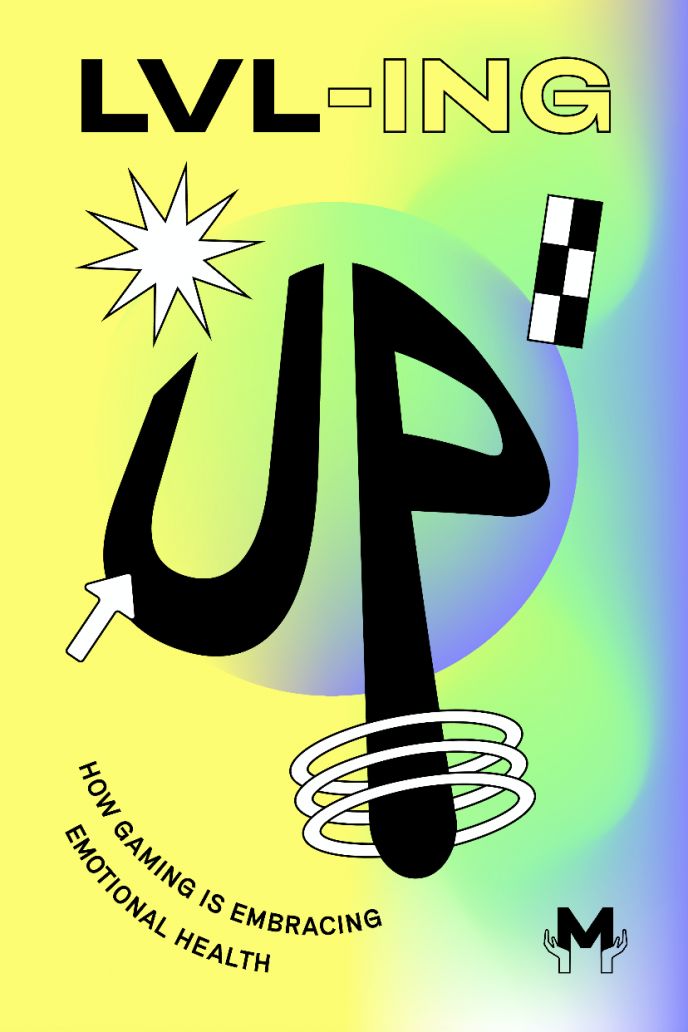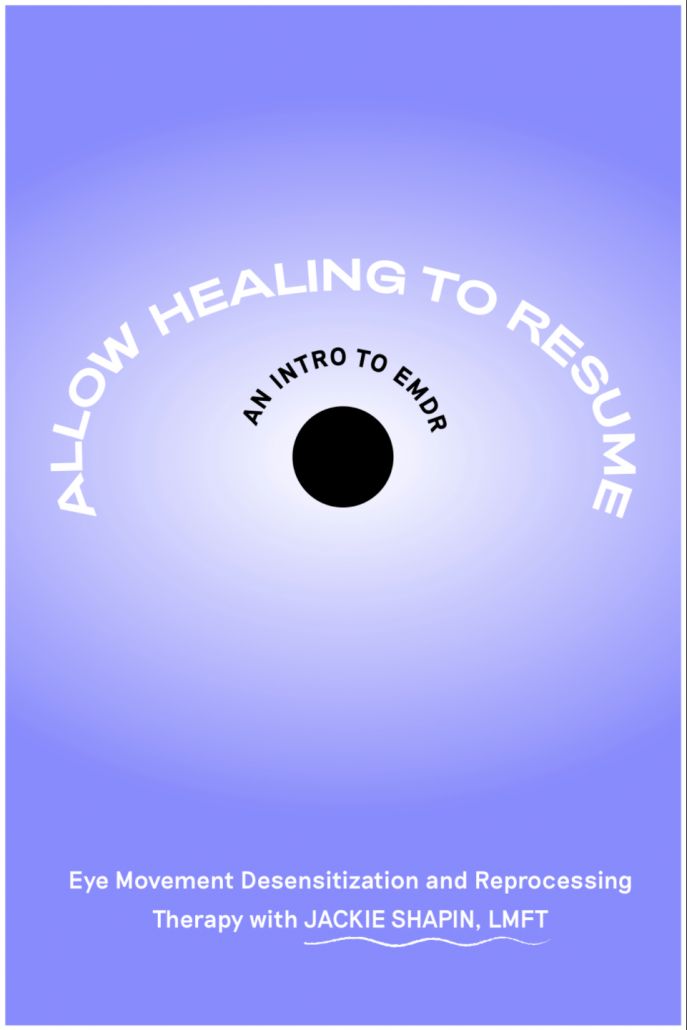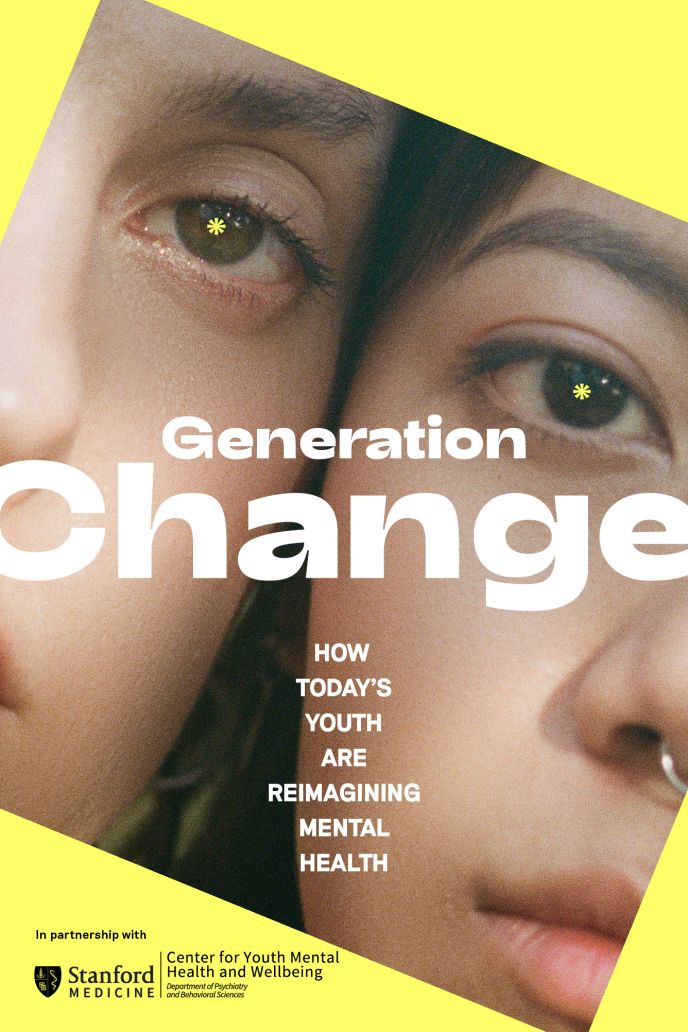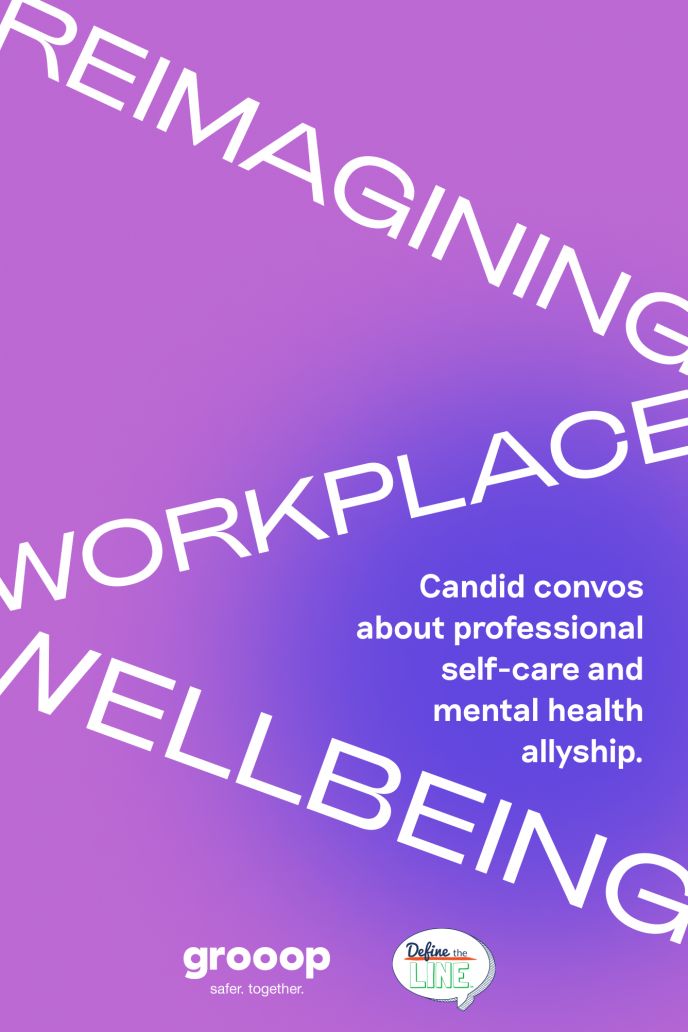Mental Health & The Tales We Tell Ourselves: Part 1
Despite huge developments in psychology, how are we still in a mental health crisis?
Written by Conor Truax

01 This is part one of a four part series exploring mental health, from the language we use to social media to the role of labels play on our identity.
02 Conor begins by explaining the phenomena of copycat suicides as a result of mass media.
03 Despite centuries of advancement, we have yet to address the important role stories play in our mental health.
Johann Wolfgang von Goethe’s debut novel, titled The Sorrows of Young Werther, was released in 1774, and soon after became a literary sensation across Europe. The story follows Werther, a young man who, after rejection by an unrequited love, shoots himself in the head. With the novel’s intense popularity came "Werther Fever": a pattern of copycat suicides, each wearing Werther's garb, clutching a pistol with one hand and the novel in the other.
Centuries after the release of that infamous novel, Thirteen Reasons Why is released on Netflix and quickly becomes an international sensation. The show includes imagery of violent suicide, and similarly to The Sorrows of Young Werther, has an unintended effect. As the show's hype reached its peak on social media, there is an unexplained 12.4% increase in suicides among males and 21.7% increase among females.
Across the history bridging The Sorrows of Young Werther and Thirteen Reasons, our understanding of mental health has changed drastically. The development of psychotherapy and pharmacology has paved the way for a robust system of mental healthcare, and candid conversations have created a culture that places a great deal of importance on mental health.
And yet, despite these substantial advancements in the mental health space, the outcomes for people dealing with mental health conditions have remained relatively stagnant. By some metrics, mental health outcomes are actually declining: suicides in the United States have nearly doubled over recent decades, despite investments in public mental health systems reaching a whopping $225 billion annually.
Why is this? Why is it that, despite all these new resources, scientific findings, tools and substantial funding, things are getting worse?
The Sorrows of Young Werther is now a classic novel read in college English classes around the globe. This is hardly the first popular tale of human tragedy with violent implications. Perhaps in attempting to solve the mental health epidemic through science and clinicality and awareness campaigns, we have overlooked the most human element that lives at the center of this issue: the stories we use to talk about our mental health.
<>
This is part one of a four part essay.
Click here for Part Two
Click here for Part Three
Click here for Part Four
You can find Conor here.
Support our work
We’re on a mission to change how the world perceives mental health.


